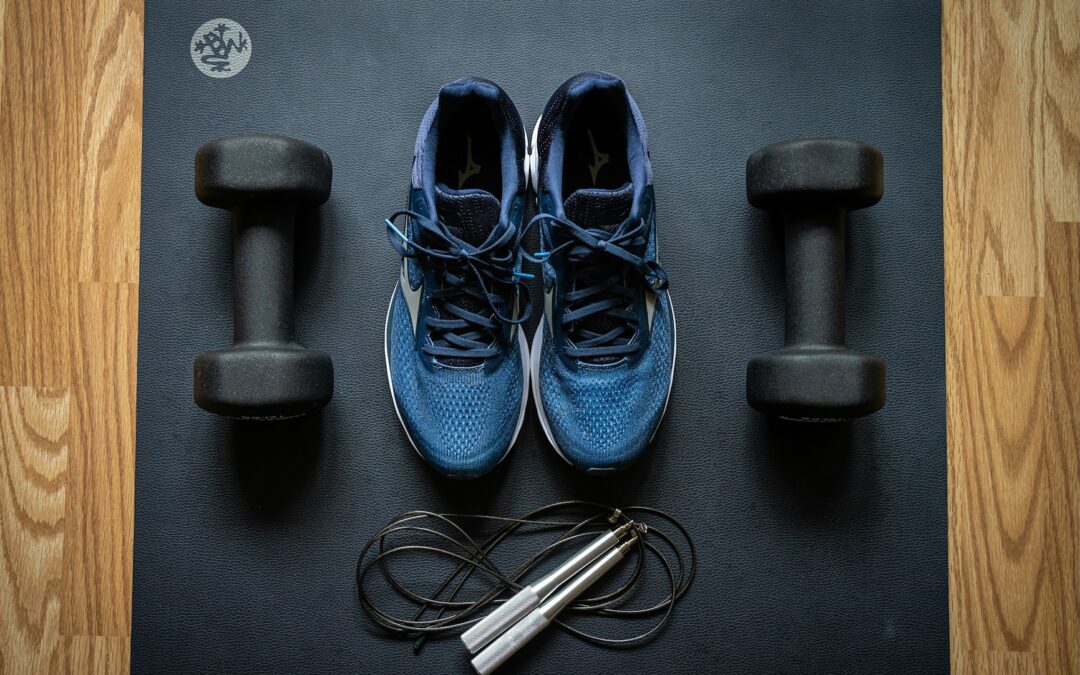Why Boosting Your Metabolism Beats Chasing a Sweat
There is a common belief that a “good workout” means ending up drenched in sweat and gasping for breath. For years, that was seen as the mark of effort and results. The harder you sweat, the better you work. But when you are getting into your midlife, and/or managing a thyroid condition as I am, chasing sweat is not only exhausting, it is often counterproductive. What really matters is your metabolism, the engine that converts food into energy and keeps your body running efficiently day after day. When it’s working well, you feel stronger, think clearly, and recover faster.
A Word About Metabolism
Metabolism powers everything from basic functions to muscle activity. A strong metabolism supports energy, stable weight, and hormone balance. While it is often said that metabolism naturally slows with age, the reality is more nuanced.
As we age, a major factor affecting metabolism is muscle loss, called sarcopenia. Muscle burns more calories at rest than fat does, so less muscle means a lower resting metabolic rate: you burn fewer calories even when not active. Many adults in their midlife also become less physically active, which accelerates muscle loss and reduces overall calorie burn.
Hormonal changes linked to ageing like shifts in thyroid function, menopause, or testosterone levels can also impact metabolism, but this varies among individuals. So rather than age itself slowing metabolism, it’s changes in muscle mass, activity levels, and hormones that often reduce metabolic rate. These are all areas you can influence through training, nutrition, and lifestyle choices.
Strength-Based Workouts and NEAT
The good news is you don’t need endless cardio to boost your metabolism. In fact, short, strength-based workouts often do more for your metabolic rate than long sweaty sessions. Building muscle means burning more calories not just during exercise but all day long, even at rest. This approach is especially helpful for older adults and those with thyroid issues because it supports muscle, hormone balance, and overall metabolism.
Movement outside the gym matters too. Everyday activities such as walking, taking stairs, gardening, simply standing or even fidgeting frequently contribute to NEAT (non-exercise activity thermogenesis). NEAT is the energy you burn through everyday movements that are not formal exercise. These small motions add up and support metabolism without requiring any sweat at all.
Pay Attention to Nutrition
And then there is diet. Nutrition is another very important piece. Protein-rich meals help repair and build muscle, while balanced carbohydrates and healthy fats provide your metabolism steady fuel. On the other hand, skipping meals or sharply cutting calories can slow metabolism, pushing your body into an energy conservation mode. Hydration, fibre, and micronutrients all play a role supporting digestion, recovery, and hormone regulation, which together keep your metabolism thriving.
So next time you feel guilty for not sweating buckets after a workout, remember this: true success is training and living in ways that support your metabolism. Strong muscles, steady energy, balanced meals, and daily movement beat chasing exhaustion every time.
Antonia Bannasch
This article first appeared in the November issue of SE22.

